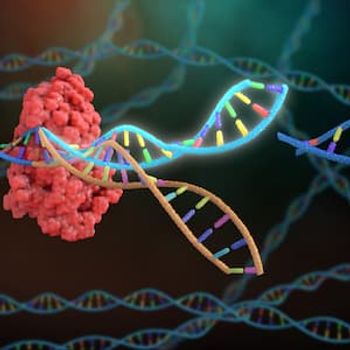
Stem Cell Therapy for Migraine?
Migraine is not characterized by neuronal degeneration, but it has been a target of stem cell therapy in a few small investigational studies--and has shown early promise.
Among other medical conditions, neurological disease such as Parkinson and stroke have been stars of stem cell research. Recently, however, migraine may have landed a small but supporting role
Stem cell therapy has been an area of research for neurological conditions such as Parkinson disease (PD) and stroke for many years. This is based on the rationale that undifferentiated stem cells hold potential to replace or regenerate nerve cells, which do not heal as well as other cells. Migraine, which is not characterized by neuronal degeneration, has also been a target of stem cell therapy in a few small investigational studies. Interestingly, this approach, while still only examined in small numbers of migraine patients, has shown early promise.
Outcomes of two case studies
In
A
Techniques stem cell injection
Stem cell therapy has been used in a number of scientific research studies for several medical illnesses. The techniques described in the migraine studies used autologous stromal vascular fraction, which was derived from adipose tissue using liposuction procedures.
In the
Proposed mechanism of action
The concept of stem cell therapy for migraine treatment is interesting, but the proposed mechanism of action in migraine prophylaxis differs from the hypothesized explanations for why stem cells are considered a potential breakthrough for other neurological diseases. There are several suggested mechanisms for this therapy, the most prominent of which is that stem cells may induce a reduction in migraine-associated inflammation. But how the physiological effects of stem cell injection may affect symptoms or pathophysiology of migraine remains unclear.
References:
1. Bright R, Bright M, Bright P, et al.
2. Mauskop A, Rothaus KO.
Newsletter
Stay at the forefront of cutting-edge science with CGT—your direct line to expert insights, breakthrough data, and real-time coverage of the latest advancements in cell and gene therapy.










































